Guide to Social Trekking: Benefits, Tips, Destinations
Explore the world of social trekking, where adventure meets community. Learn about the benefits, preparation tips, and top trekking destinations in India, from easy treks like Triund to challenging ones like Stok Kangri. Join a group, bond over nature, and make lasting memories!
Table of Contents
ToggleWhat is Social Trekking?
Social trekking is a form of hiking where people come together in groups to explore nature, enjoy outdoor adventures, and experience the camaraderie of trekking with others. Unlike traditional solo hikes, social trekking emphasizes group dynamics, making the experience about sharing the journey with like-minded individuals. This type of trekking often involves a sense of community, bonding, and teamwork, while still allowing participants to connect with nature in a meaningful way.
Whether you’re trekking with friends, joining a group, or participating in organized outdoor events, social trekking offers a unique way to enjoy the outdoors. The main goal is to create a shared adventure that brings people together while exploring scenic landscapes.
Key Features that Differentiate Social Trekking from Traditional Hiking
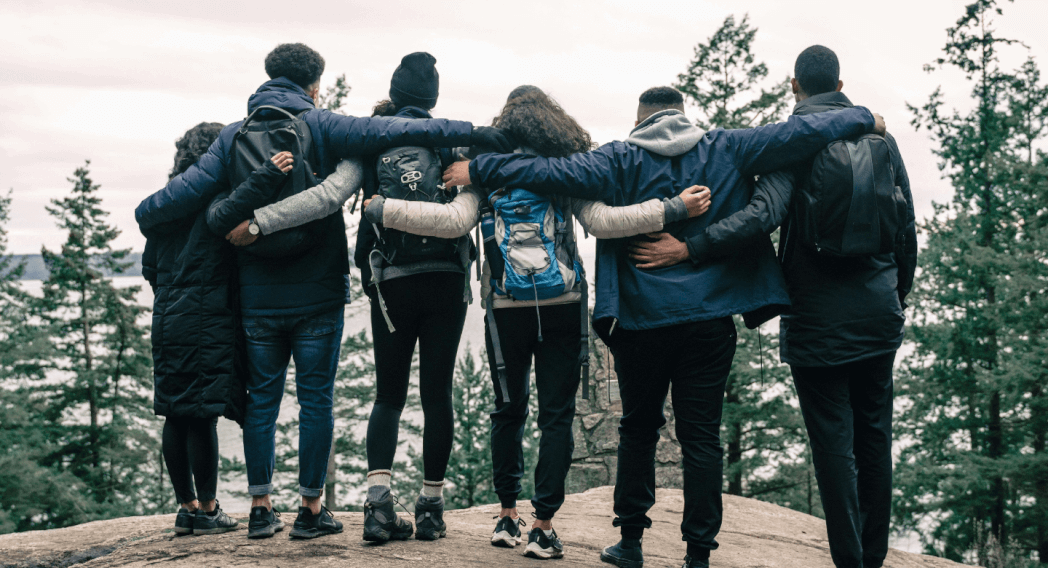
Group Focus: The biggest difference between social trekking and traditional hiking is the focus on group activities. In traditional hiking, individuals typically set out alone or with a small group, focusing on their personal goals or solitude. In social trekking, the emphasis is on social interaction, collaboration, and experiencing nature together. The group dynamic makes it an opportunity for both connection and adventure.
Community and Support: Social trekking encourages a sense of community. The support system within the group can help you feel safe and motivated. Whether you’re new to hiking or an experienced trekker, having others around provides encouragement, makes challenges easier to overcome, and creates lasting friendships. Traditional hiking may lack this group support system, especially when done solo.
Shared Experiences: One of the core elements of social trekking is shared experiences. When you’re hiking with others, you’re all experiencing the same landscapes, challenges, and moments together. These shared memories, like stopping to admire a stunning view or helping each other along the trail, create a deeper connection and enhance the sense of enjoyment.
Organized Groups or Tours: Many social trekking activities are organized through trekking clubs, online groups, or tour companies. These organized events take the hassle out of planning by handling logistics like permits, accommodation, and transportation. On the other hand, traditional hiking tends to be more flexible and independent, with hikers choosing their own routes and timelines.
Social Activities: Beyond Trekking Social trekking often includes activities outside the actual hike. Participants may engage in group meals, social events, or evening campfires where they can further bond. Traditional hiking, in contrast, is often a more solitary experience without these added social elements.
Types of Environments Explored in Social Trekking
Mountain Trails: Many social trekking trips take place in mountainous regions, where participants can enjoy stunning views and challenging hikes. These trails often vary in difficulty, allowing trekkers to choose a route that suits their fitness levels. The group dynamic makes tackling steep, rocky paths less intimidating and more enjoyable.
Forest and Woodland Areas: Trekking through forests or woodlands offers a peaceful and serene environment for social trekking. These trails are often shaded by tall trees and surrounded by diverse wildlife. The calm atmosphere makes it an ideal setting for socializing, as the sounds of nature add to the experience.
Desert Landscapes: While it might sound surprising, desert treks are becoming increasingly popular for social trekking. The vast, open space, unique landscapes, and peaceful surroundings create an exciting challenge for groups. Desert environments offer something completely different from typical hiking areas and are perfect for those who want to experience adventure in a quiet, expansive setting.
Coastal and Beach Trails: Coastal trekking is another popular option in social trekking. Walking along beaches, cliffs, or coastal paths offers breathtaking views of the ocean and wildlife. Social groups often find these areas relaxing and rejuvenating, combining the beauty of the coastline with the pleasure of spending time with others. These treks are often gentler and ideal for less experienced trekkers.
Rural and Countryside Paths: For those who enjoy a more leisurely pace, rural and countryside trails are a great option for social trekking. These treks typically pass through charming villages, farms, and scenic landscapes. They’re often less crowded, providing a peaceful atmosphere for groups to connect and take in the beauty of rural life.
National Parks: National parks are perfect destinations for social trekking due to their wide variety of landscapes. From dense forests to towering cliffs and serene lakes, national parks offer diverse environments that appeal to all kinds of trekkers. These parks also often have established paths and infrastructure, making them great for organized group treks.
Benefits of Social Trekking
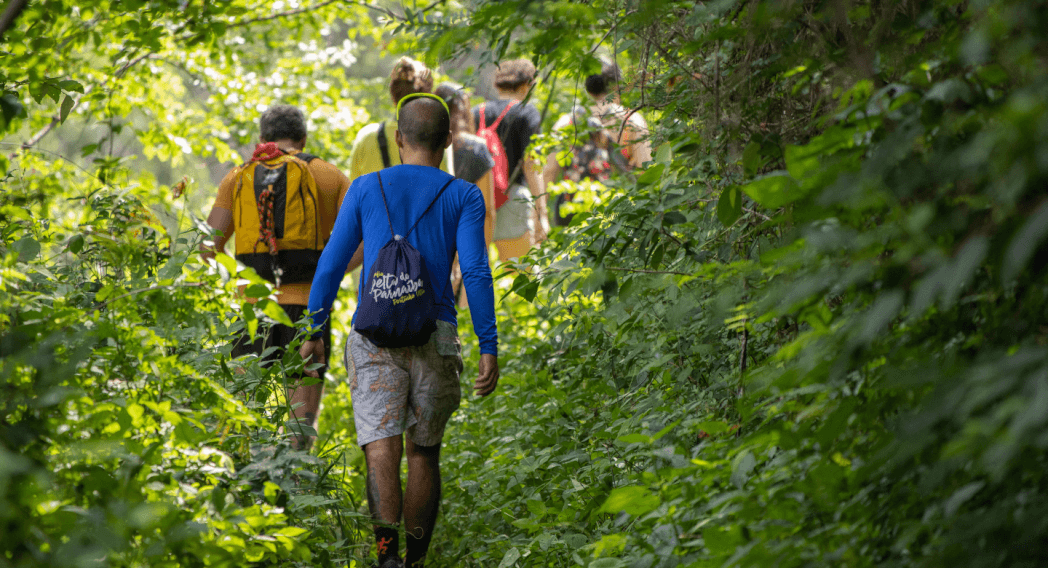
Builds Stronger Bonds: Social trekking allows you to connect with others in a way that’s different from day-to-day interactions. Sharing the experience of a hike, overcoming challenges, and exploring together strengthens relationships. Whether you’re trekking with friends or joining a group, you’ll make memories that last a lifetime.
Encourages Teamwork: Trekking in groups requires cooperation. From navigating trails to supporting each other when the going gets tough, it teaches you how to work together as a team. The shared experience helps build a sense of camaraderie, and everyone plays a role in the success of the journey.
Provides Extra Motivation: Sometimes, a solo trek can feel like a challenge, especially when you’re tired or facing difficult terrain. Social trekking brings the power of group energy. When you’re with others, it’s easier to keep going, even when it’s tough. You can encourage each other, share stories, and have fun along the way.
Enhances Safety: Trekking with others is safer than trekking alone. If something goes wrong, like an injury or getting lost, there’s someone there to help. In a group, you can easily communicate, keep an eye out for potential dangers, and make sure no one gets left behind.
Creates New Friendships: Social trekking is a great way to meet new people who share your love for the outdoors. Whether it’s through a trekking group or a local hiking club, you can bond over your shared experiences. It’s a fun way to expand your social circle while doing something healthy and adventurous.
Essential Safety and Preparation Tips
Before you head out on a social trek, make sure you’re prepared. Safety should always be a top priority. Here are some essential tips to keep in mind:
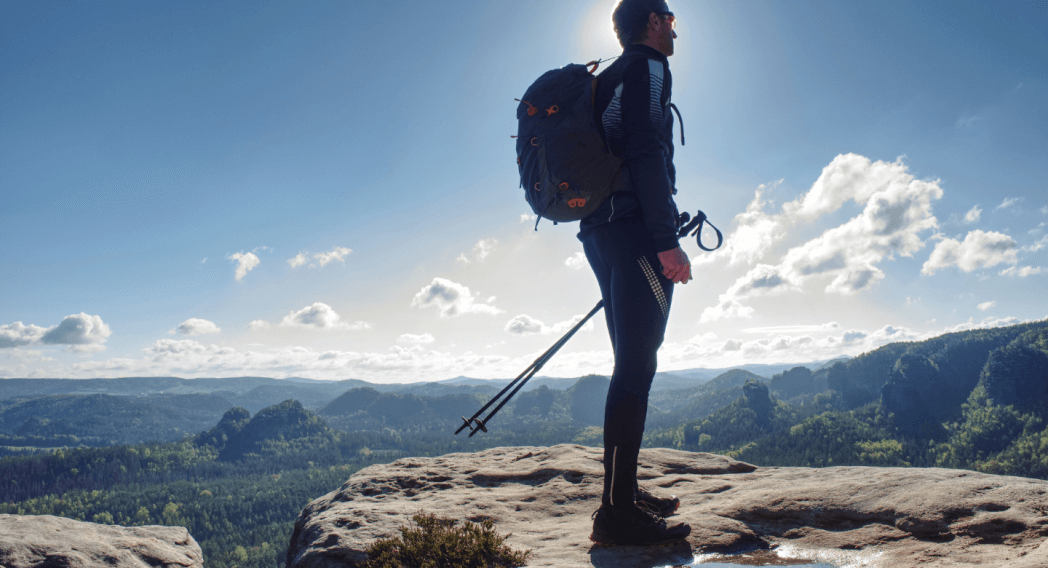
Plan the Trek: Always research the trail before you go. Know the difficulty level, distance, and any potential hazards. Ensure everyone in the group is aware of the plan and is physically capable of handling the trek.
Check the Weather: Weather can make or break your trekking experience. Make sure to check the forecast before heading out. If the weather looks unfavorable, it’s better to postpone or reschedule your trek to avoid dangerous conditions.
Pack the Essentials: Bring enough water, food, and gear for the journey. A first-aid kit, a map, and a compass are always a good idea. Even if you’re trekking with others, it’s important to be self-sufficient in case of emergencies.
Wear the Right Gear: Wear comfortable, weather-appropriate clothing and proper footwear. Trekking boots with good grip are essential to prevent injuries on uneven trails. Dressing in layers will help you adjust to changing temperatures throughout the day.
Keep Group Size Manageable: A smaller group is easier to manage and more enjoyable to trek with. While social trekking is all about meeting people, too large a group can lead to confusion and disorganization. Keep the group size at a manageable level to ensure everyone’s safety and comfort.
Stay Together: One of the main advantages of social trekking is the support of being with others. Always stay together as a group. If someone falls behind, stop and wait for them. This ensures no one gets lost or left behind, especially in remote areas.
Communicate Clearly: Make sure everyone knows the plan, the trail, and the emergency contacts. Communication is key when trekking in groups. Regularly check in with each other to ensure no one is feeling unwell or struggling with the trek.
Know Your Limits: Social trekking can be fun, but it’s important to know your physical limits. Don’t push yourself or others too hard. It’s okay to take breaks and enjoy the scenery at your own pace.
Recommended Social Trekking Destinations in India
India is home to a diverse range of trekking destinations, offering everything from beginner-friendly trails to challenging hikes for experienced adventurers. Whether you’re new to trekking or looking for a high-adventure challenge, India has something for everyone. Here are some of the best social trekking destinations in India, categorized by difficulty level.
Easy to Moderate Treks: Beginner-Friendly Options
Triund Trek, Himachal Pradesh

Located in the beautiful Dhauladhar Range, the Triund Trek is a perfect choice for beginners. The trek offers stunning views of snow-capped peaks and valleys. It’s a relatively short hike, making it ideal for those looking to enjoy nature without a demanding challenge. The trek is well-marked, and the social aspect of the trek is enhanced by the friendly guides and fellow trekkers.
| 📍 Location | Triund, Himachal Pradesh |
| 🏔️Altitude | 9,350ft |
| 👣Distance | 9 KM |
| 🕐Duration | 2 Days |
| 🥇Grade | Moderate |
Tungnath-Chandrashila Trek, Uttarakhand

This trek takes you to one of the highest Shiva temples in the world at Tungnath. The route is relatively easy, with gradual ascents and mesmerizing views of the Garhwal Himalayas. The moderate difficulty level makes it perfect for beginner to intermediate trekkers, and the social aspect is enhanced by the scenic stops along the way and the sense of camaraderie at the temple.
| 📍 Location | Tungnath, Uttarakhand |
| 🏔️Altitude | 12,073ft |
| 👣Distance | 18 KM |
| 🕐Duration | 2 Days |
| 🥇Grade | Moderate |
Valley of Flowers, Uttarakhand
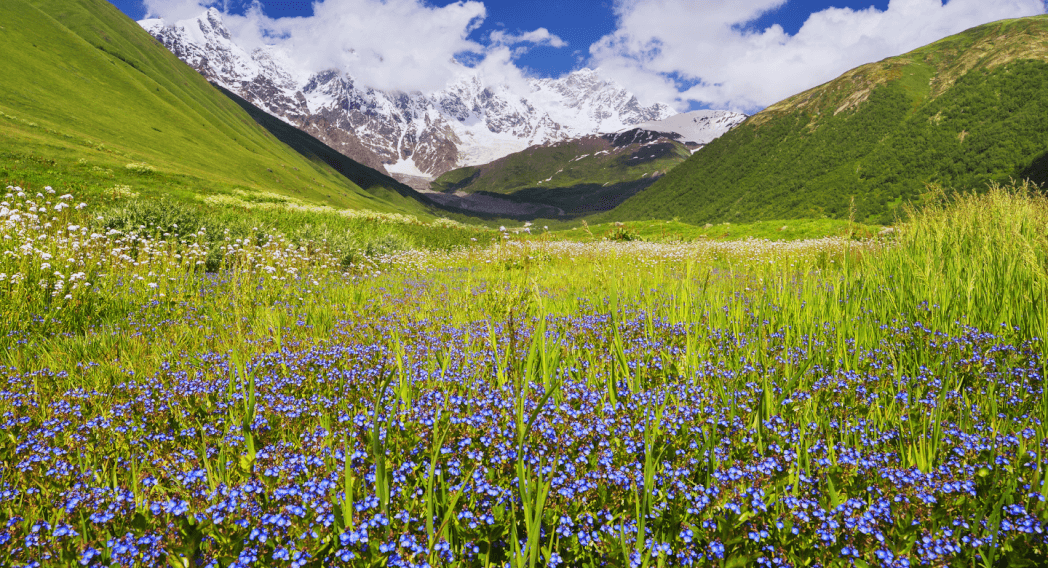
Known for its stunning meadows filled with colorful wildflowers, the Valley of Flowers is a UNESCO World Heritage site. The trek is moderate in difficulty, making it suitable for beginners. It offers spectacular views of alpine flowers, glaciers, and snow-capped peaks. With the gentle pace and easy-to-navigate trails, it’s a perfect trek for a social group to enjoy the vibrant beauty of nature together.
| 📍 Location | Kumaon, Uttarakhand |
| 🏔️Altitude | 14,107ft |
| 👣Distance | 38 KM |
| 🕐Duration | 6 Days |
| 🥇Grade | Easy to Moderate |
Kedarkantha Trek, Uttarakhand

The Kedarkantha Trek offers an easy-to-moderate challenge and is perfect for a social trekking experience. Located in the Garhwal region, this trek offers panoramic views of the surrounding peaks, including Swargarohini and Black Peak. The trail is well-trodden, and trekking groups can bond over campfire stories, making it a great beginner-friendly option for those new to trekking.
| 📍 Location | Kedarkantha, Uttarakhand |
| 🏔️Altitude | 12,500ft |
| 👣Distance | 20 KM |
| 🕐Duration | 4 Days |
| 🥇Grade | Easy to Moderate |
Kalsubai Trek, Maharashtra
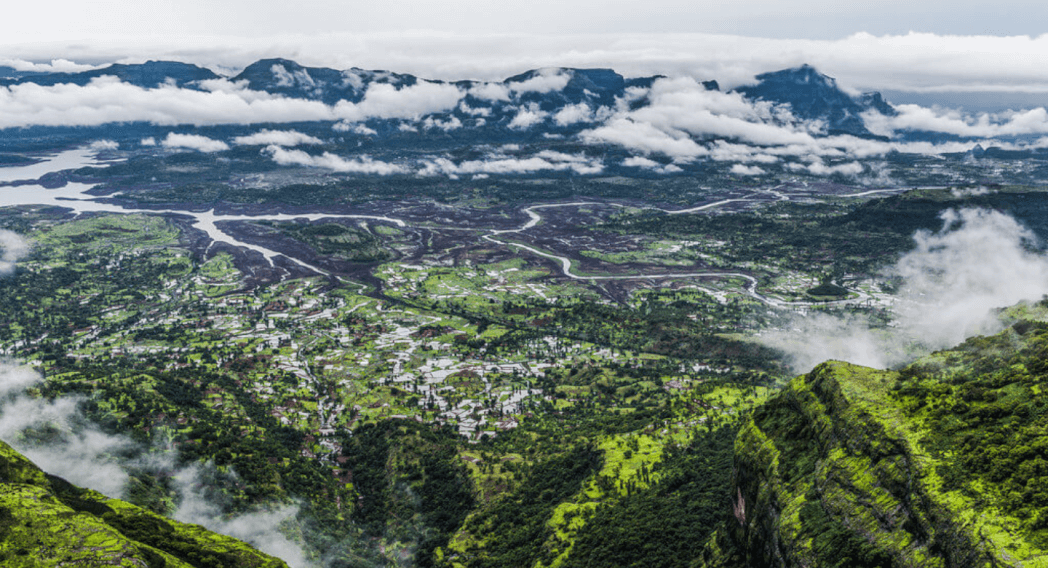
Known as the highest peak in Maharashtra, Kalsubai is a moderate trek that offers an excellent introduction to mountain trekking. The route is well-marked and offers both scenic views and historical landmarks. It’s a popular trek for social trekking groups, especially on weekends, with trekkers enjoying the journey and rewarding summit views together.
| 📍 Location | Kalsubai , Maharashtra |
| 🏔️Altitude | 5,400 ft |
| 👣Distance | 6 KM |
| 🕐Duration | 1 Days |
| 🥇Grade | Moderate |
Challenging Treks: For Experienced Trekkers Seeking High-Adventure
Stok Kangri Trek, Ladakh
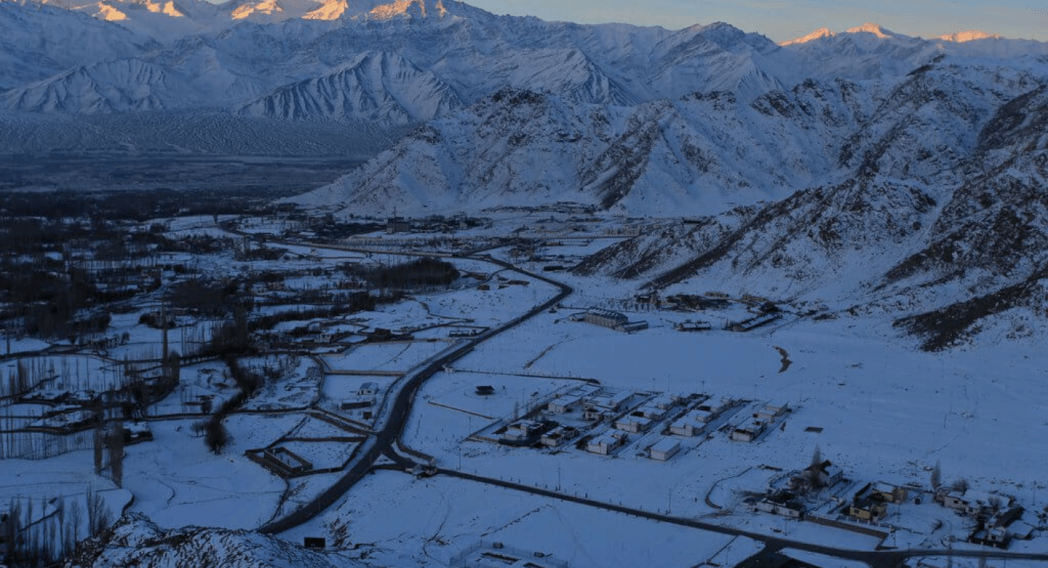
For seasoned trekkers, the Stok Kangri trek offers an exciting challenge. At 6,153 meters, Stok Kangri is one of the highest trekking peaks in India. This trek is difficult and requires good fitness and acclimatization. It’s perfect for experienced trekkers seeking high-altitude adventure. The social aspect of the trek adds to its appeal, with groups of trekkers supporting each other through the tough conditions.
| 📍 Location | Stok, Ladakh |
| 🏔️Altitude | 20,187ft |
| 👣Distance | 75 KM |
| 🕐Duration | 9 Days |
| 🥇Grade | Challenging |
Chadar Trek, Ladakh
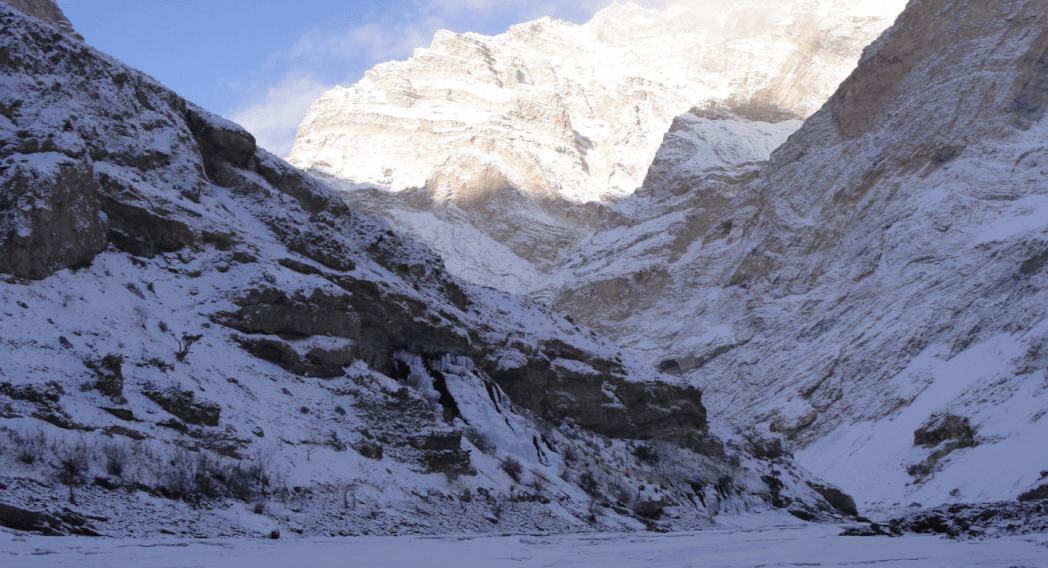
The Chadar Trek is one of the most unique and challenging treks in India. It involves walking on the frozen Zanskar River in the winter months, with temperatures dropping as low as -30°C. This trek is for advanced trekkers who are looking for an adventure like no other. The frozen landscapes, the cold, and the difficult terrain make it a once-in-a-lifetime social trekking experience.
| 📍 Location | Zanskar Valley, Ladakh |
| 🏔️Altitude | 11,123ft |
| 👣Distance | 105 KM |
| 🕐Duration | 9 Days |
| 🥇Grade | Challenging |
Roopkund Trek, Uttarakhand

Known as the “Mystery Lake” trek, the Roopkund Trek is a challenging journey that takes trekkers to the famous Roopkund Lake, located at 5,029 meters. The trek offers incredible views of snow-clad peaks, alpine meadows, and deep forests. While it’s a tough trek, the sense of community and shared adventure among fellow trekkers makes it even more rewarding.
| 📍 Location | Roopkund Lake, Uttarakhand |
| 🏔️Altitude | 16,499ft |
| 👣Distance | 53 KM |
| 🕐Duration | 8 Days |
| 🥇Grade | Moderate to Challenging |
Goechala Trek, Sikkim
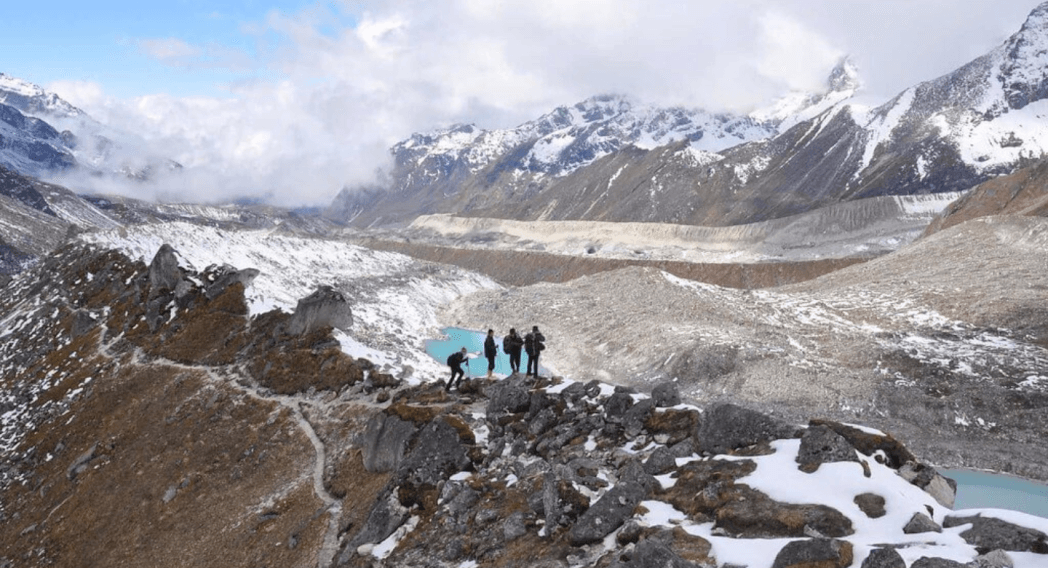
The Goechala Trek is a challenging trek located in the stunning Sikkim Himalayas. It takes trekkers through dense forests, picturesque meadows, and rocky terrains, with spectacular views of Kanchenjunga, the third-highest mountain in the world. The trek is long and difficult, making it ideal for experienced trekkers who are looking for an adventure that pushes their limits. The social atmosphere here is perfect for trekkers who enjoy camaraderie and adventure.
| 📍 Location | Goechala, Sikkim |
| 🏔️Altitude | 16,207ft |
| 👣Distance | 90 KM |
| 🕐Duration | 10 Days |
| 🥇Grade | Challenging |
Pin Parvati Pass Trek, Himachal Pradesh

The Pin Parvati Pass trek is a challenging high-altitude trek that takes you through diverse landscapes, from lush valleys to barren rocky terrains. At 5,319 meters, it requires strong physical endurance and technical skills. This trek is perfect for experienced trekkers seeking a thrilling challenge. The social trekking experience is amplified by the beautiful scenery, and trekkers often form lasting bonds as they work together to cross the challenging pass.
| 📍 Location | Pin Parvati Pass, Himachal Pradesh |
| 🏔️Altitude | 17,450ft |
| 👣Distance | 110 KM |
| 🕐Duration | 10 Days |
| 🥇Grade | Challenging |
Final Thoughts for Social Trekking: Benefits, Tips, Destinations,
Social trekking is more than just a physical challenge; it’s an opportunity to build connections, create lasting memories, and immerse yourself in nature with like-minded people. Whether you’re new to trekking or an experienced adventurer, social trekking caters to all skill levels. The group dynamic makes trekking a shared experience that’s both fun and enriching, helping to foster camaraderie and teamwork as you explore beautiful destinations together.
The benefits of social trekking are clear. Trekking in a group not only provides motivation and support, but it also enhances safety and promotes a sense of community. The bond formed during a trek can turn strangers into friends, and overcoming challenges together creates a deeper connection. It also offers a chance to explore some of the most stunning landscapes, from peaceful forests to towering mountains, making the experience all the more rewarding.
If you’re new to trekking, safety and preparation are key. Make sure you check the weather, pack the right gear, and communicate with your group to ensure everyone is comfortable. India offers a variety of trekking destinations for all levels, from easy treks like Triund to more challenging ones like Stok Kangri. So gather your gear, find your group, and embark on an unforgettable adventure!
Frequently Asked Questions (FAQs) on Social Trekking: Benefits, Tips, Destinations
What is social trekking?
Social trekking is a group activity where trekkers explore nature together, sharing the experience and supporting each other along the way. It combines outdoor adventure with social bonding, making it an ideal activity for those looking to connect with like-minded people while enjoying the outdoors.
What are the benefits of social trekking?
Social trekking offers several benefits, including building stronger bonds with fellow trekkers, boosting motivation through group support, enhancing safety, and creating shared memories. It also provides a sense of community and can make challenging treks more enjoyable.
Is social trekking suitable for beginners?
Yes! Many social trekking groups offer treks that cater to beginners. Easy to moderate treks like the Triund Trek or Tungnath Trek are perfect for newcomers, providing a supportive environment to learn and enjoy trekking while connecting with others.
How do I prepare for a social trek?
Preparing for a social trek includes checking the weather, packing appropriate gear (including water, food, and a first-aid kit), and ensuring that you’re physically ready for the trek’s difficulty level. Communicate with your group to know the planned route and pace.
What types of environments can I explore through social trekking?
Social trekking can take you through diverse environments, including mountain trails, forests, deserts, coastal paths, and national parks. Whether you’re trekking through the Himalayas or along a beach, there’s something for everyone to enjoy.
How do I find a social trekking group?
You can find social trekking groups through online platforms, trekking clubs, or by connecting with influencers and organizations that offer guided treks. Many trekking agencies organize group treks that make it easy for people to join.
What gear do I need for a social trek?
The gear you need will depend on the trek’s difficulty and the environment. Basic items include comfortable clothing, sturdy trekking boots, a backpack, water bottles, snacks, a first-aid kit, sunscreen, and a headlamp. For longer or more challenging treks, you may also need sleeping bags, tents, and other camping gear.
What makes social trekking different from traditional hiking?
The main difference between social trekking and traditional hiking is the group element. While traditional hiking may be done solo or in small groups, social trekking is centered around community and shared experiences, where trekkers encourage each other and bond during the hike.
Are there any challenging treks for experienced trekkers?
Yes, India has several challenging treks for experienced trekkers, such as the Stok Kangri trek in Ladakh, the Roopkund trek in Uttarakhand, and the Chadar trek in the Zanskar region. These treks offer high-altitude challenges and breathtaking landscapes for those looking for an adventure.

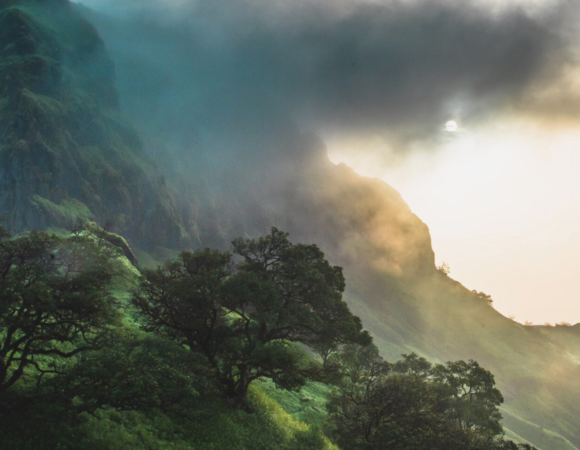
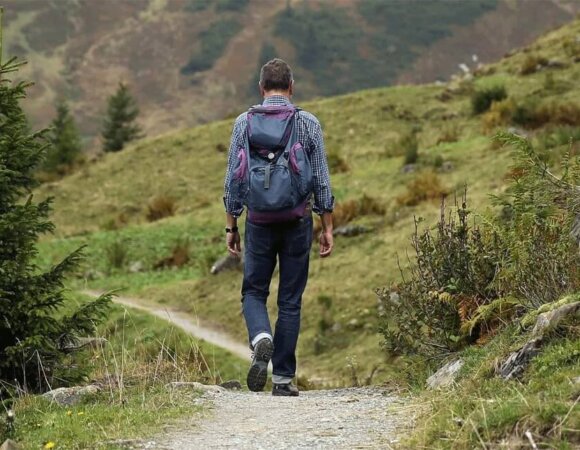
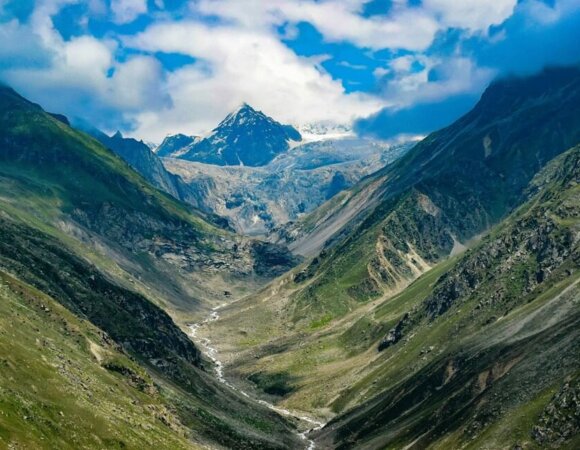
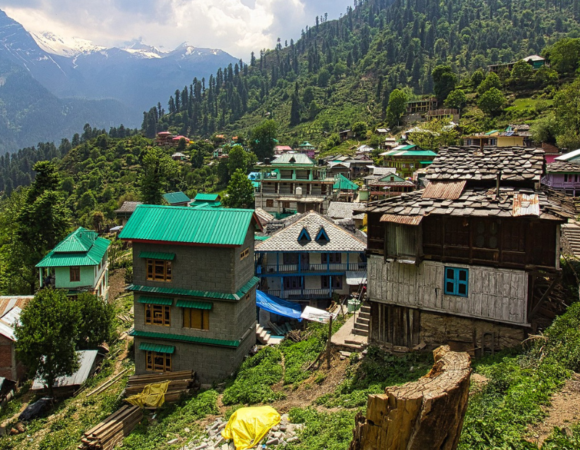
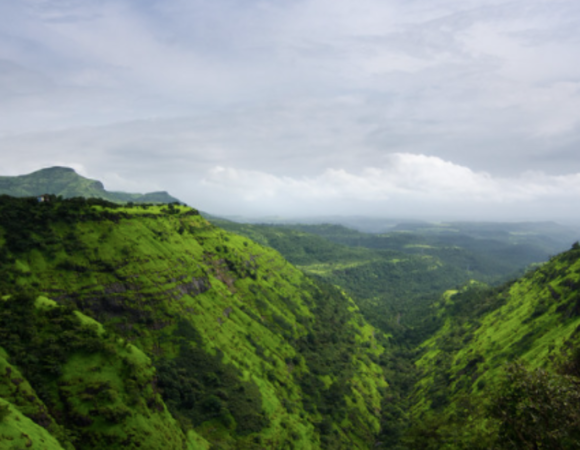
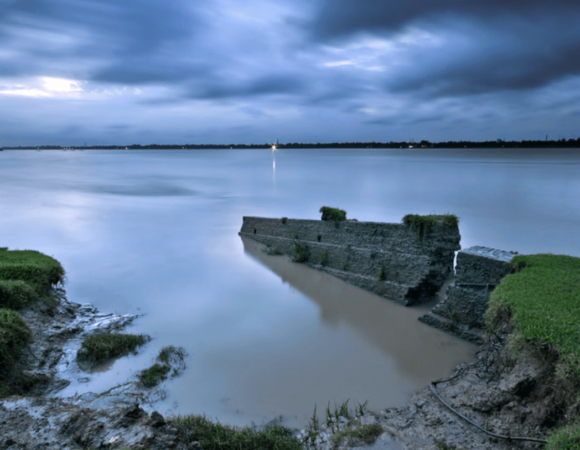
[…] Guide to Social Trekking: Benefits, Tips, Destinations, and How to Plan It […]